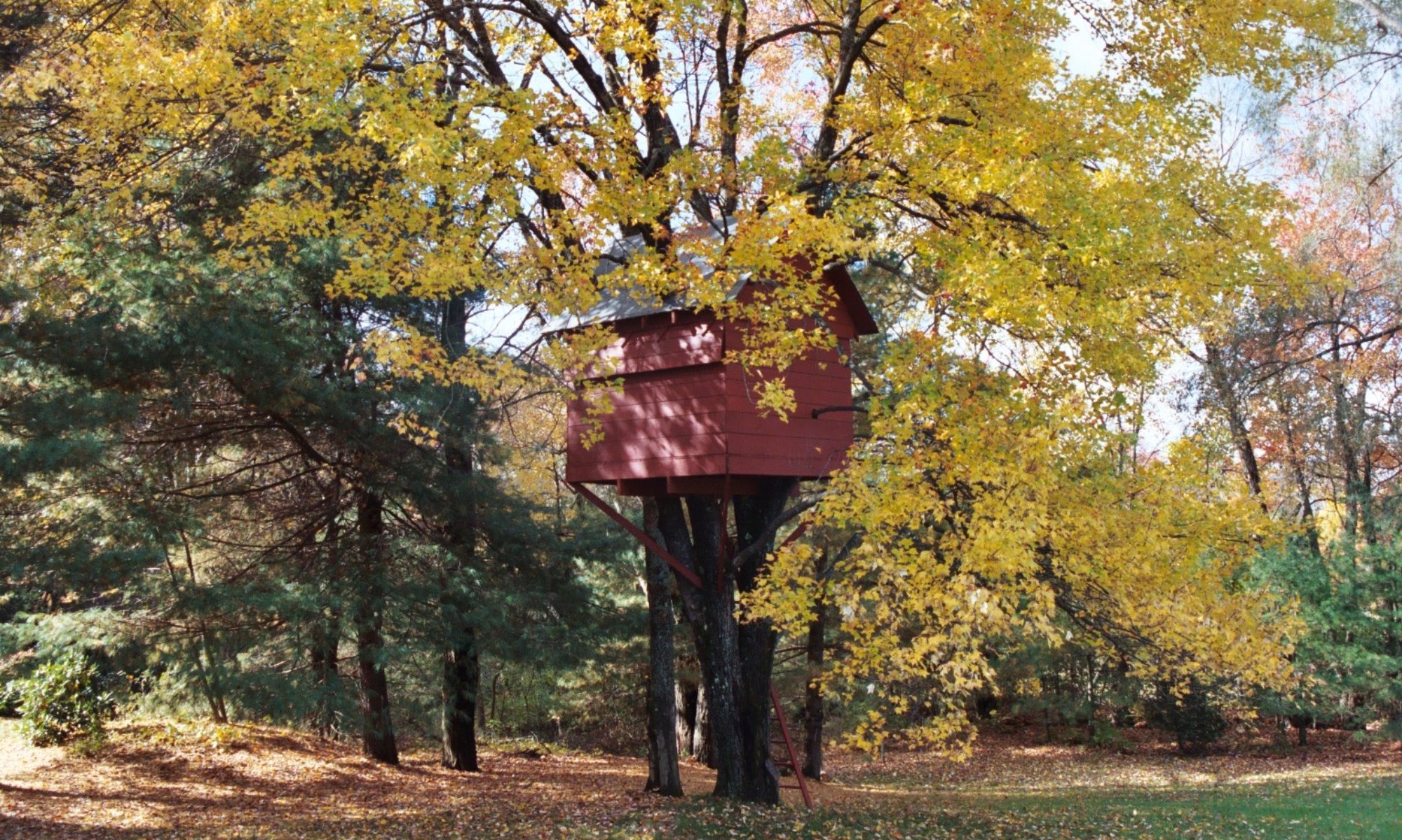The laws governing the relationships between nations and what the Internet has to offer for the legal researcher.
By Erik J. Heels
First published 10/27/1997; LegalResearcher.com; publisher: New York Law Publishing Company
International law has traditionally been defined as the law governing the relationships between nations. More broadly defined, international law can include the relationships between nations and individuals. Still more broadly defined, international law can include local laws of sovereign countries. As such, discussions of international law can focus on issues such as treaties, citizenship, and French criminal procedure, depending on which definition you choose.
For starters, lets focus on the laws governing the relationships between nations and see what the Internet has to offer for the legal researcher. Specifically, I’ll focus on court decisions and commentary thereon.
One of the major sources of international law is the Statute of the International Court of Justice (ICJ). Formed in 1945, the International Court of Justice is the main judicial body of the United Nations (UN). The Statute of the ICJ is part of the UN Charter. Article 38 of the Statute of the ICJ defined what bodies of law the Court looks to when it renders decision. Not surprisingly, the full text of the Statute is available at the UN’s Web site (http://www.un.org/Overview/Statute/contents.html). The full text of recent (i.e. last two years) ICJ decisions can be found at Cornell’s Legal Information Institute (http://www.law.cornell.edu/icj/).
International Law Sources
Since the ICJ has issued relatively few opinions, and since the Statute of the ICJ includes “the teachings of the most highly qualified publicists … as a subsidiary means for the determination of the rules of law,” scholarly journals have long been an important source of international law. Two in particular, the American Journal of International Law (http://www.asil.org/pubsub.htm) and Foreign Affairs (http://www.foreignaffairs.org/) stand out. Both publications are available on Lexis-Nexis (http://www.lexis-nexis.com/lncc/sources/libcont/intlaw.html), but neither is available in full-text format on the Internet.
FindLaw’s international law review directory http://www.findlaw.com/03journals/international.html) contains links to a handful of law journals that publish in full-text on the Internet. Of those publishing the full text of their journals on the Internet, four are top 50 law schools (according to US News and World Reports): Emory International Law Review (http://www.law.emory.edu/EILR/eilrhome.htm), Fordham International Law Journal (http://www.fordham.edu/ILJ_Online), Indiana Journal of Global Legal Studies (http://www.law.indiana.edu/glsj/glsj.html), and UCLA Journal of International Law and Foreign Affairs (http://www.law.ucla.edu/Student/Organizations/JILFA/).
Georgetown University’s international law program is considered one of the best in the country by US News and World Reports. The International Law Institute (http://www.ili.org/) at Georgetown is a nonprofit organization dedicated to international law. A handful of articles on various aspects of international law are available here.
A good summary of sources of international law is maintained by Stanford (http://www-leland.stanford.edu/group/law/library/how/path1int.htm), and Law Journal Extra’s International Law Center (http://www.ljx.com/practice/internat/index.html) is also an excellent starting point.

